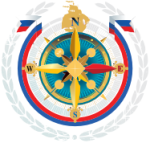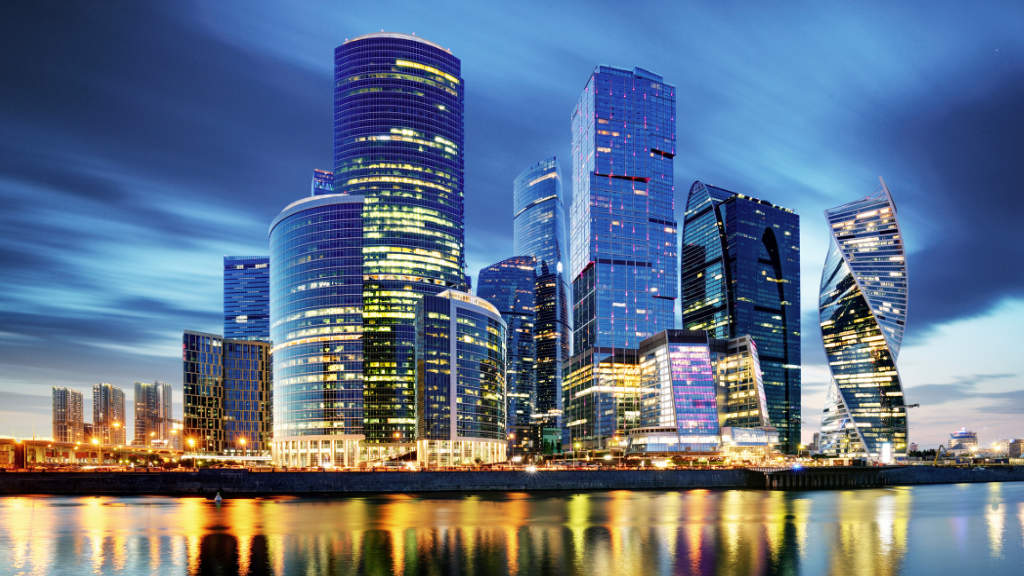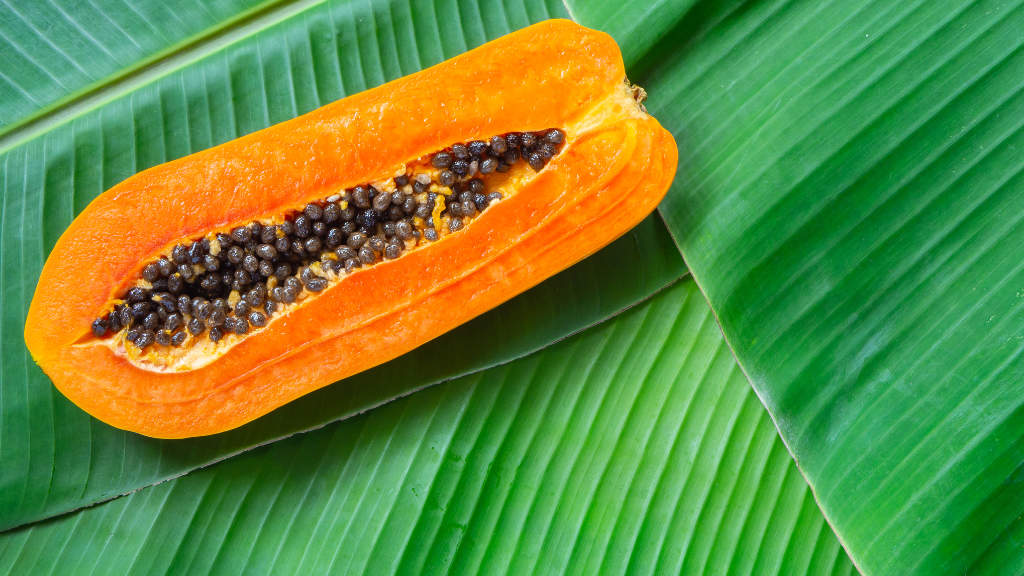The Ukrainian President, Volodymyr Zelensky, has insisted that several regions of Ukraine are not to be negotiated over, and remain Ukrainian under Ukraine’s constitution. We examine these areas and provide a practical status overview of each of them.
Donetsk People’s Republic

The Donetsk People’s Republic, (DPR), also referred to as Donechchyna, covers some 26,517 km2 and has a population of about 4 million. From its creation in 1938 until November 1961, it bore the name Stalino Oblast, in honour of Joseph Stalin. The capital city is also named Donetsk. About 70% of what was the Ukrainian Donetsk Oblast is currently under Russian military control. The region provided about 10% of Ukraine’s GDP in 2013.
The DPR proclaimed independence from Ukraine in 2014, following a disputed referendum, while Russia annexed it to become part of the Russian Federation in 2022.
Donetsk has a well-developed coal, finished steel, coke, cast iron and steel production industry, with ferrous metallurgy, and the fuel and power sectors also dominating economy. It also produces a significant amount of agricultural produce, dominated by sugar beet, potato and sunflower production. The area is also rich in fertile black earth.
It also has a developed transport infrastructure, including the Donetsk railway, Mariupol Port, Donetsk airport, and passenger airports in Mariupol. Reserves include 25 billion tons of coal, rock salt, lime carbonate, potassium, mercury, asbestos, and graphite.
Much of the DPR infrastructure – apart from the frontlines – has been connected to Russia, including telecommunications, internet, finance, banking and energy supplies. Pensions and related expenses have been provided by the Russian state since 2014 after Kiev ceased making these payments, while the Russian ruble has replaced the Ukrainian hryvnia as the official currency. The current Head of DPR is Denis Pushilin, who heads the Donetsk parliament and the People’s Council as a Federal State of Russia.
Kherson Oblast

Kherson is located north of Crimea and is divided by the Dnipro River, however numerous bridges across the Dnipro has been destroyed, separating the two sides. Russian forces currently occupy the eastern bank, including the capital city, also known as Kherson, and occupy about 75% of what was the Ukrainian oblast, or about 21,345 km2 of territory. As at 2018, it provided about 1.6% of Ukraine’s total GDP.
Kherson Oblast was annexed by Russia in 2022. It has an estimated population of about 1 million, although some have relocated to Russia.
Kherson is well known for its agricultural industry and especially its summer fruits, with these now exported to Russia. It also has an important shipbuilding industry, known for producing dredgers. Like Donetsk, much of the region’s infrastructure has now been connected to Russia, including telecommunications, internet, finance, banking and other social supply needs. The Russian ruble has replaced the Ukrainian hryvnia as the regional currency apart from the 25% still held by Ukrainian forces. Kherson citizens on the Russian side have been issued with Russian passports and are financially supported by Moscow in terms of pensions and other socially-related payments.
Kherson has a Russian government structure in place, with Vladimir Saldo the Governor and Andrey Alekseyenko the Prime Minister.
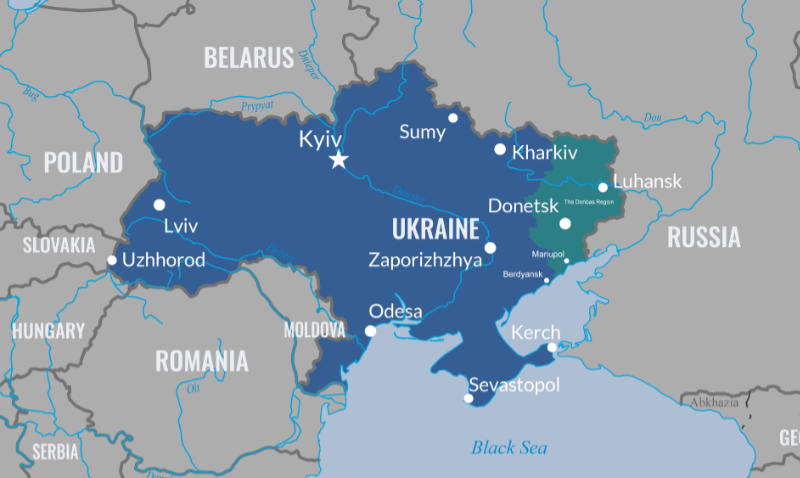
Luhansk People’s Republic
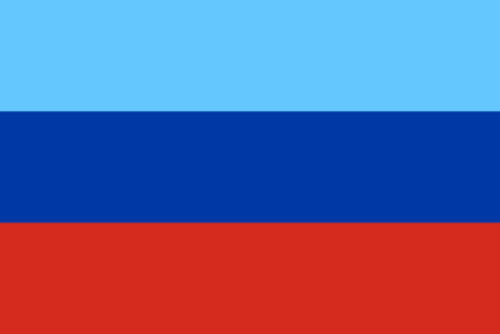
The Luhansk People’s Republic (LPR) covers some 26,700 km2 and has a population of slightly more than 2 million. The capital city is also named Luhansk. Just 1% of what was the Ukrainian Luhansk Oblast currently remains under Ukrainian control. It had provided just 1.4% of Ukraine’s total GDP in 2013, being the lowest regional performer in Ukraine at that time.
The LPR proclaimed independence from Ukraine in 2014, following a disputed referendum, while Russia annexed it to become part of the Russian Federation in 2022.
It is the easternmost part of what was the Ukrainian Luhansk Oblast, with this being established in 1938, as Voroshilovgrad Oblast until 1991, taking the Luhansk name thereafter.
Luhansk is a major coal-producing region, which forms the basis for much of its economy. It possesses large reserves of anthracite, the highest and cleanest grade. Other industries in the Luhansk region include blast-furnace and steel-making equipment, railway freight-cars, metal-cutting machine-tools, tunnelling machines, agricultural harvesters and ploughing systems, railway tracks, mining cars, electric locomotives, military vehicles, tractors and excavators. Luhansk also produces consumer goods such as washing-machines, refrigerators, freezers, TV sets, leather footwear, and toilet soap.
All of Luhansk’s infrastructure has been connected to Russia, including telecommunications, internet, finance, banking and other social supply needs. The Russian ruble has replaced the Ukrainian hryvnia as the regional currency, while Luhansk citizens have been issued with Russian passports and are financially supported by Moscow in terms of pensions and other socially-related payments. Ukraine ceased making these contributions in 2014.
The Luhansk People’s Republic head is Leonid Pasechnik, while Sergey Kozlov is the Prime Minister.
Zaporizhzhia Oblast
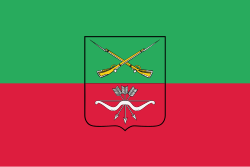
Zaporizhzhia Oblast is in south-west Russia; and covers an area of 27,183 km2 with a population of about 1.6 million. About 75% of what was the Ukrainian Zaporizhzhia Oblast is now under Russian control. The historic capital is the city of Zaporizhzhia, which is still under Ukrainian control, with Russia managing its territorial gains in the Oblast from the city of Melitopol. The region is an important economic contributor in industry and agriculture, contributing about 4.4% of the total Ukrainian GDP up to 2016.
Zaporizhzhia Oblast was annexed by Russia in 2022. It is the site of the Zaporizhzhia Nuclear Power Plant, the largest in Europe, which Russia has subsequently taken offline while the conflict persists and to avoid any disasters.
Most of Zaporizhzhia’s infrastructure has been connected to Russia, including telecommunications, internet, finance, banking and other social supply needs. The Russian ruble has replaced the Ukrainian hryvnia as the regional currency, while citizens in the Russian-controlled areas have been issued with Russian passports and are financially supported by Moscow in terms of pensions and other socially-related payments. Ukraine ceased making these contributions in 2014.
The Zaporizhzhia Oblast Governor is Yevgeny Balitsky. He was previously a was a People’s Deputy of Ukraine; and has been described as ‘treasonous’ by Kiev.
Other Ukrainian Regions
Kharkiv Oblast
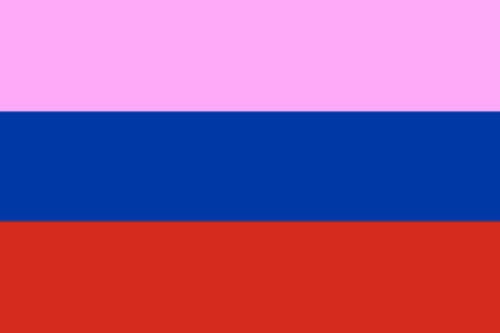
Russian controls an estimated 20% of Kharkiv Oblast, a region with an overall total of 31,400 km2 and population of about 2.5 million.
Sumy Oblast

5% of Sumy Oblast is currently under Russian control, a region of 23,834 km2 and a total population of about 1 million.
Mykolaiv Oblast

Russia currently controls an estimated 4% of Mykolaiv Oblast, which has a total area of 24,598 km2 and a population of about 1 million.
Dnipropetrovsk Oblast

About 2% of the Oblast is also under Russian control. The Oblast has an area of 31,974 km2 and a total population of about 3 million. It is Ukraine’s most economically productive region.
Russian control over parts of these additional four Oblasts collectively amounts to about 5,314 km2 of territory and an estimated 1.2 million inhabitants. Apart from gains in Kharkiv, it is these areas that may make up part of the territory that US President Trump has suggested be ‘swapped’ and conceded by Russia as Ukrainian, along with possibly the west bank of the Dnipro River in Kherson and parts of Zaporizhzhia. However, at the present time, Russia continues to gain territory in the regions mentioned, suggesting that unless significant western financial and financial support are provided, in the absence of any peace agreement, more of Ukraine’s land mass will come under Russian control.
Constitutional & Economic Issues

Kiev currently claims that these regions cannot be considered as anything other than part of Ukraine as they are identified as such in the Ukrainian constitution. However, the Donetsk and Luhansk regions (collectively known as the Donbass) declared independence in Kiev local referendums in 2014 and ceased being administered or financially supported by Kiev from that time.
While Kiev claims the referendums were illegal, discontinuing its fiscal support to them suggests a considered decision to effectively withdraw. This renders current Ukrainian claims as somewhat unrealistic. They were subsequently both annexed by Russia in 2022 along with the Kherson and Zaporizhzhia Oblasts, with Russia also now claiming them as part of the Russian constitution. These four main regions have also now become extensively, if not totally integrated into the Russian Federation, with crucially, economic and financial support to their citizens being provided by Moscow, not Kiev.
How the new shape of Ukraine will evolve remains as yet uncertain, however a fundamental decision-based line would appear to involve which country is providing regional financial support to the impacted incumbent regional citizens – and which is not.
Further Reading
Putin Mobilises Numerous Russian Ministries To Create A Buffer Zone With Ukraine

